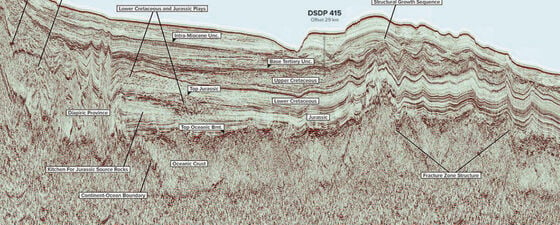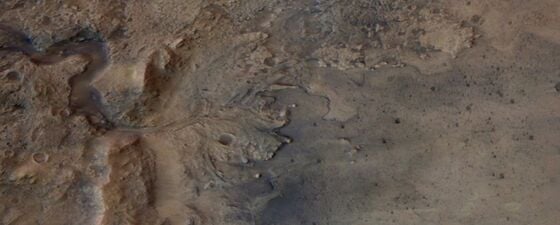British Antarctic Survey recently purchased two drones to be deployed at its science research station in Antarctica. The aim is to use the drones to make measurements that are not currently possible and to undertake airborne analyses in a more economical way.
The British Antarctic Survey (BAS) recently purchased two Prion Mk3 drones from UAVE Ltd., to be deployed at its science research station, Rothera, during the 2016/2017 summer work season in Antarctica. BAS’s aim is to use the drones to make measurements that are not currently possible, such as airborne measurements in the Antarctic winter, and to undertake current airborne analyses in a more economical way.
The Prion Mk3 UAV resulted from an oil industry-funded development project which TGS-NOPEC Geophysical conducted during the period 2006 to 2013. At that time the purpose of the initiative was to provide a lower cost acquisition platform for offshore aeromagnetic surveying purposes. The development team met all the criteria for the project, which included the requirement of a flight endurance of over 1,000 km, as well as ensuring that the drone was capable of carrying the Geometrics G-858 caesium vapour magnetometer and survey recording equipment. A successful aeromagnetic survey was undertaken by TGS for a mineral exploration purpose onshore, an alternative to the originally intended offshore surveying use for the drone, aimed at supporting the company’s oil and gas focused multi-client data library business.
Drones and Regulations
Since September 2013 the Prion Mk3 has been owned and operated by UAVE Limited who have diversified the platform use away from focussing only on oil and gas applications to embrace other industries in many markets.
The Prion Mk 3 in military fatigues at Farnborough International Airshow in 2014.
Historically, the use of drones above 25 kg has been constrained in many jurisdictions by the lack of regulations about their use, and the reluctance by many national aviation authorities to issue permits to operate the drones beyond visual line of sight, this being a necessity for many surveying tasks suitable for platforms of this size. In populated areas the risk associated with the use of such aircraft is considerable in terms of possible injury to people, private property and to other airspace users including manned aircraft.
UAVE Limited has worked closely with the UK Civil Aviation Authority to map a path through the initially scant, but now better defined, regulation for drones and good progress is being made. As a result, during August 2016 UAVE Limited will be operating offshore in UK territorial waters with the Prion Mk3 conducting surveying operations from a shore-based location to visit sites 40 – 50 km over the horizon. Similar arrangements have also been recently announced by the US regulators, which have opened up the skies to the use of drones for commercial purposes in that region as well.
Multiple Uses
It is anticipated that the adoption by many industrial sectors of the use of such equipment will be rapid once the genie is let out of the bottle. Whilst many drones will no doubt be used for surveillance purposes, such as to watch enemy combatants or to monitor football supporters whilst visiting events such as Euro 2016, there are also many scientific deployment purposes for this equipment, as well as obvious humanitarian uses.
The use of the Prion Mk3 in Antarctica by the British Antarctic Survey is a good example of the diversification of the use of this versatile drone away from the O&G industry and towards other scientific surveying purposes, which are anticipated to be many and varied across Antarctica. Other users will deploy LIDAR systems for terrain mapping and meteorological sensors to monitor pollutant levels in some of our remaining pristine wildernesses. The aircraft also has applications in offshore wind farm operations.
Key to the success of drones will be reduced costs, the ability to operate where manned aircraft cannot go and the recognition that a drone does not need to rest and so can track you – or a rhino or a pollution cloud – for 24 hours every day, if that is how we task them to operate.
The Prion Mk3 is highly versatile and can launch from a grass airstrip or alternatively via a compressed gas launcher where no airstrip is available. The long range flight endurance characteristic of the Prion is known to have been key to the decision process of BAS in awarding this contract to UAVE Limited.
Further Reading
Drone Magic by Thomas Smith
You can find out more about the Prion Mk3 and UAVE by visiting their website using this link.





